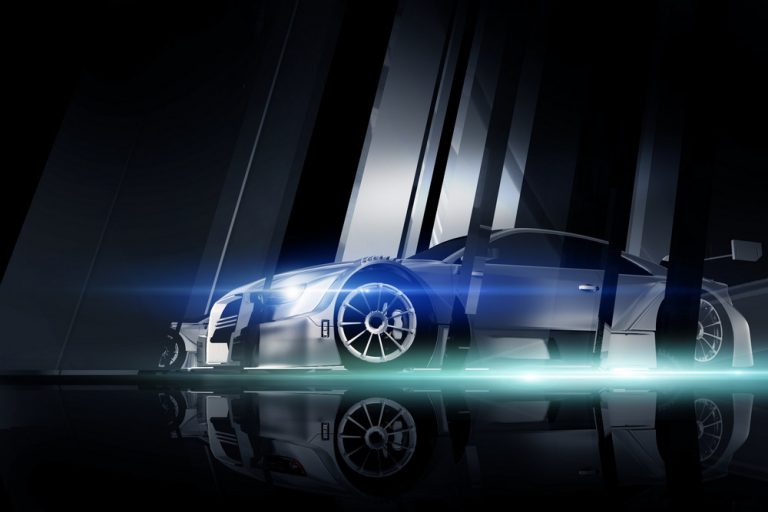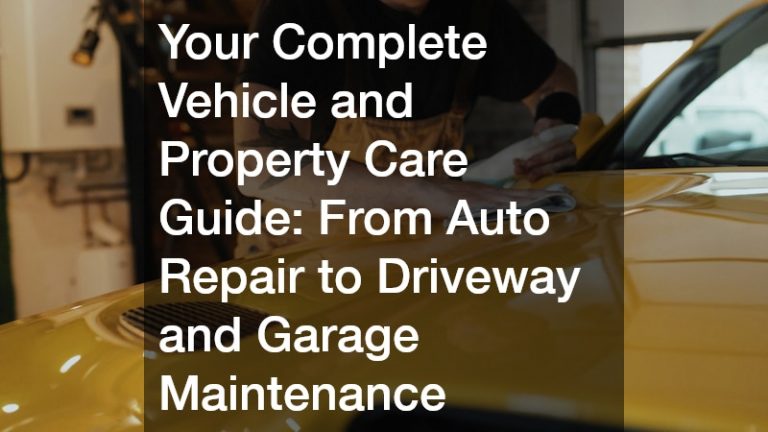
Drunk driving is incredibly dangerous.
This may seem a basic fact, but the prevalence of drunk driving in the United States suggests otherwise. There’s always the lure of ‘just one more drink’ before stepping behind the wheel. Oftentimes people find themselves in the position of wondering whether or not that ‘beer or two’ will actually affect their performance. When it comes down to it? Statistics don’t lie. This is where the interlock device and car breathalyzer comes into play.
It takes a combination of effort, foresight and hard work to curb drunk driving rates and save lives every year. Here’s how the ignition interlock works.
People driving under the influence remains one of the most hazardous elements you can encounter on the open road. While bad weather can at least be prepared for, encountering a drunk driver is a matter of chance and complete luck. At best you can be missed…and at worst you can be killed. Studies have shown the yearly cost of alcohol-related crashes to total $60 billion, which doesn’t even touch on additional issues such as distracted driving, road rage and vehicle negligence.
Driving under the influence doesn’t just involve alcohol, either. It also accounts for any driver attempting to operate a vehicle, be it single-passenger or truck, while using over-the-counter medication or illegal drugs. It’s estimated over 25 people die every single day as a result of drunk driving. Hundreds of people will also deal with minor to severe injuries on top of property damage. Reducing the incident of drunk driving involves not just harsher laws, but state-of-the-art technology to make irresponsible behavior all but impossible.
The interlock device is designed primarily for repeat offenders. It helps reduce the rate of repeat offenses even after the device is removed, by as much as 40% compared to those who have never installed an interlock cup. Most ignition interlock devices will prompt you to perform what’s known as a ‘rolling retest’, anywhere from five to 15 minutes after the vehicle has started. It will also start working randomly throughout the trip to ensure the driver hasn’t imbibed in-between point A and point B.
Each state is a little different when it comes to drunk driving. While most states require a BAC (or blood alcohol content) of 0.08% or higher to be considered driving under the influence, Utah is a little different. This state requires a BAC of 0.05%, a change that was recently put in place after a particularly high string of offenses. Drivers with a BAC of 0.08% or higher = involved in fatal crashes six times more likely to have had a prior conviction than those with no alcohol in their system. Whether it’s called a DUI or DWI, stopping drunk driving before it even happens is essential.
It’s thought that if ignition interlocks became mandatory equipment in all cars they will be set below the legal limit of 0.08%. Setting them at 0.03% or 0.04% will keep the situation from already getting too severe before setting a limit. Today there are around 150,000 interlock systems and counting in various car models throughout the United States. When installed the interlock device boasts a 70% reduction in arrest rates for impaired driving. Even an ignition interlock malfunction can still see drivers being more cautious, much like how burglar alarms can encourage preventative measures by their mere presence.
Drunk driving claims thousands of lives every year. With the interlock device and discreet breathalyzer, however…we can change that.




